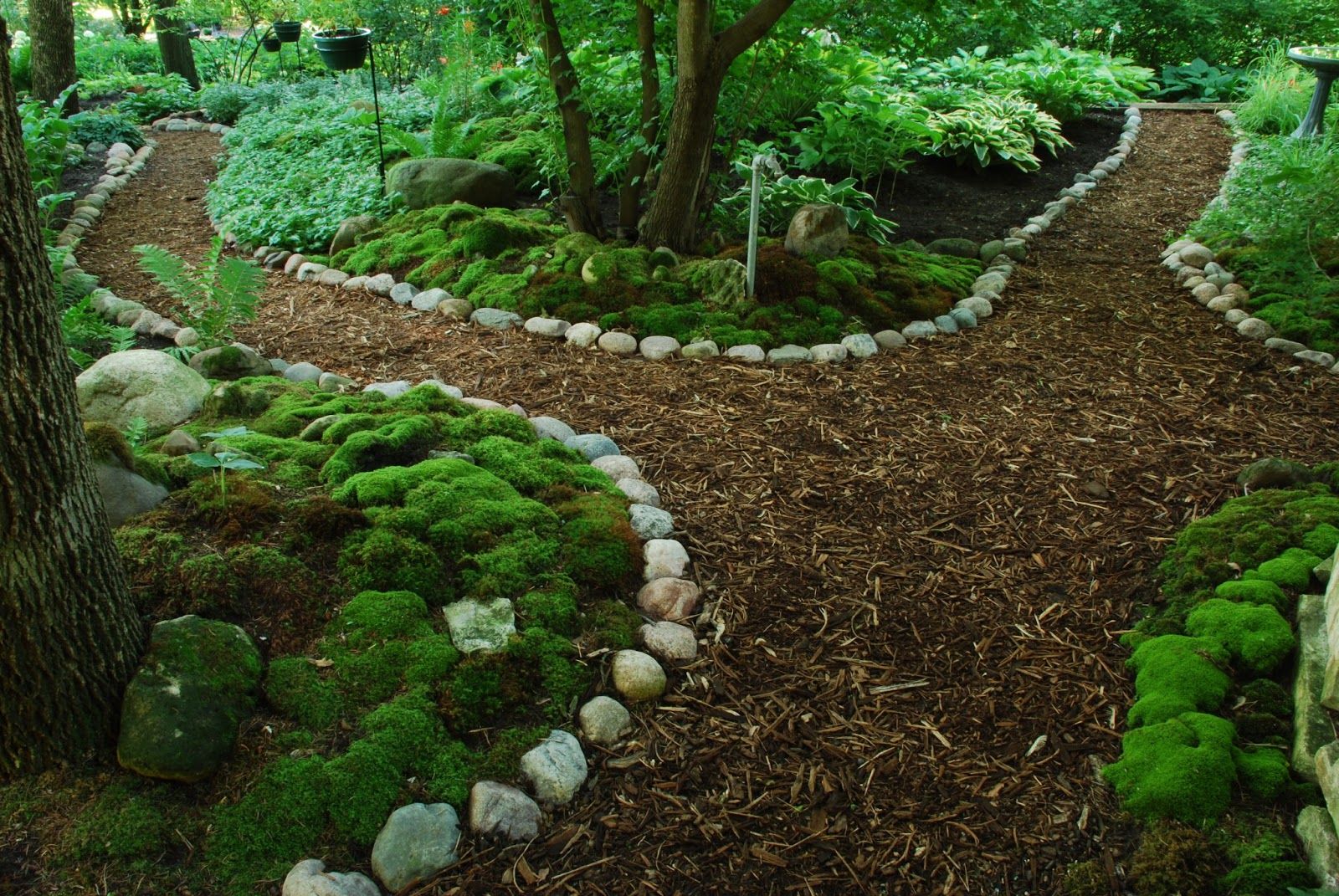Scandinavian moss
Decorating with Scandinavian moss is a unique way to green decorate the interior and exterior of the home. It is a method that achieves artistic beauty and living nature at the same time, and you can enjoy it for a long time, as long as you know the proper ways of placement. We’ll take a look at everything there is to know, and for any questions or help with greenery in your home and yard, you can turn to your nearest local gardener.
What is Scandinavian moss?
This species of polar moss is known by its Latin name Cladonia Stellaris. It is a lichen that has a crucial role in ecology, and the places where it grows are known as “taiga” in cold places in North America. Scandinavian moss grows extremely slowly, no more than half a centimeter per year, and under the right conditions. It is a favorite food of reindeer during the winter months, which is why it is also called “reindeer”.
The real natural color of Scandinavian moss
It is curious that when he is picked, he is white. When processing the plant, it acquires colors familiar to people – light green, dark green, blue, red, even yellow and orange. In recent years, moss has become increasingly popular, displacing other plants used for vertical landscaping, for example, ivy, chlorophytum, and others.
Choose the plant
Like any living moss, the Scandinavian one also requires certain care – watering and maintaining constant moisture. That is why living moss is recommended for external walls, and for the interior, a suitable solution is to choose a processed one.
Depending on whether you want an exterior wall or an interior wall featuring a Scandinavian moss, you can choose from the following:
-
- For processed
- Species Dicranum scoparium
- Leaf one
- Deer one
Dry accessories could be pieces of wood or dried bark, a Florist’s sponge, dry twigs, or dried pods.
When it comes to live plants for decoration, you can get them from air plants, Ceropegia, Devil’s ivy, and Bromeliad.
For live moss (outdoors only):
-
- Prairie sphagnum
- Common smooth-cap
- Species Dicranum scoparium
- Species Leucobryum


